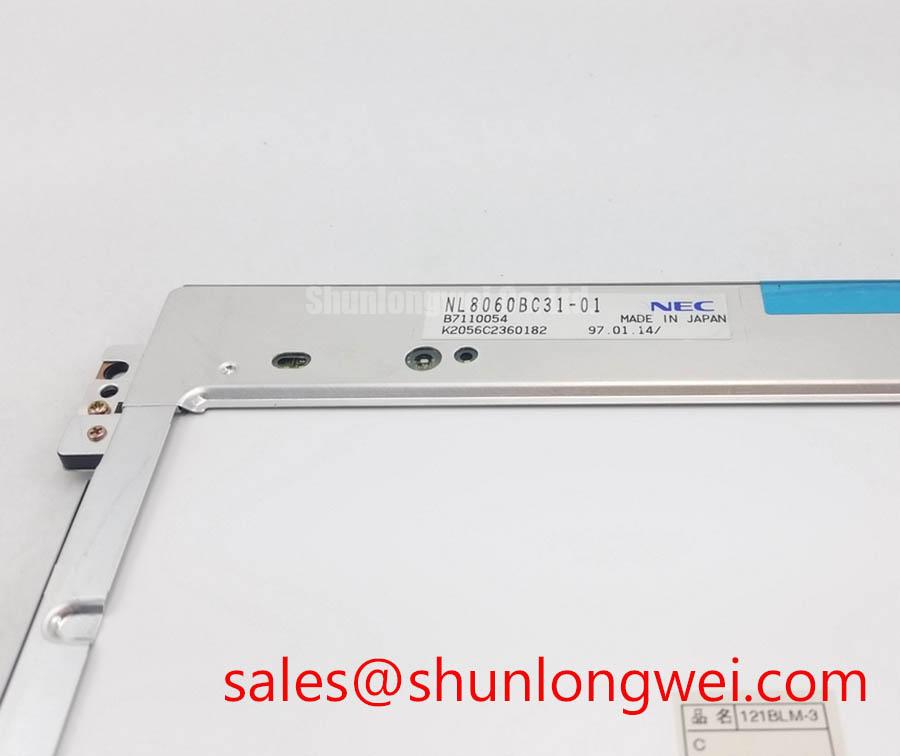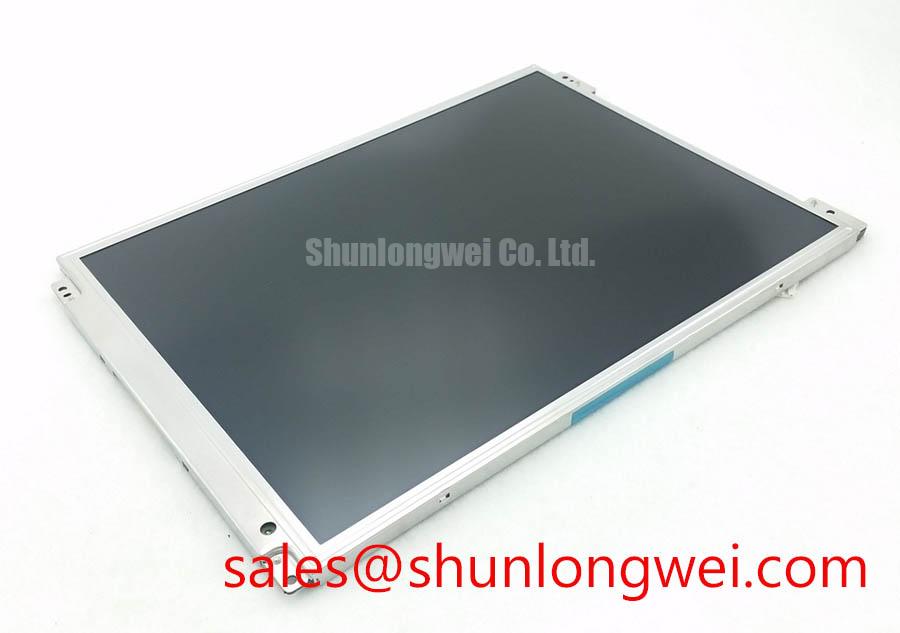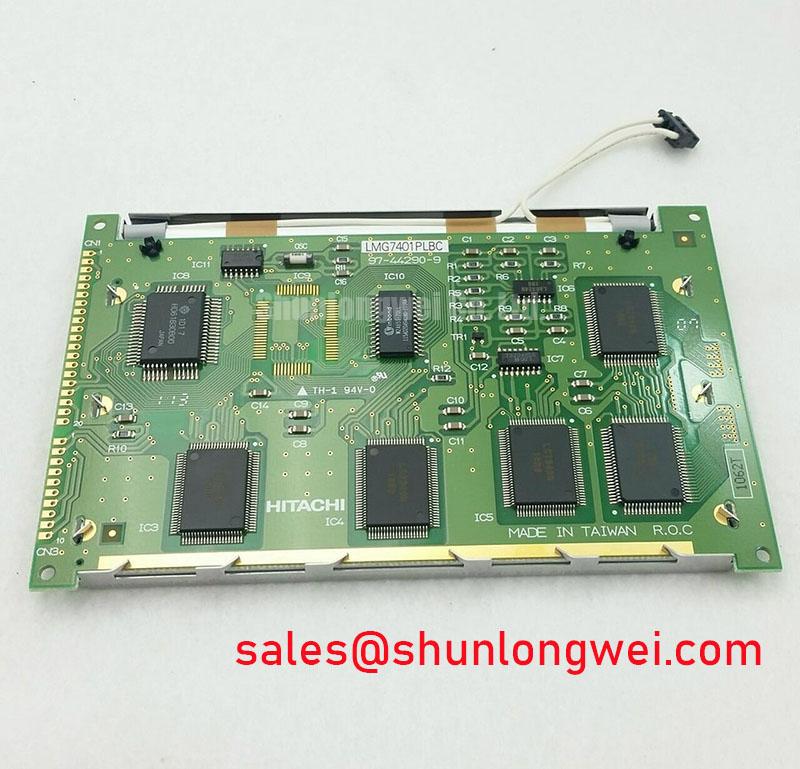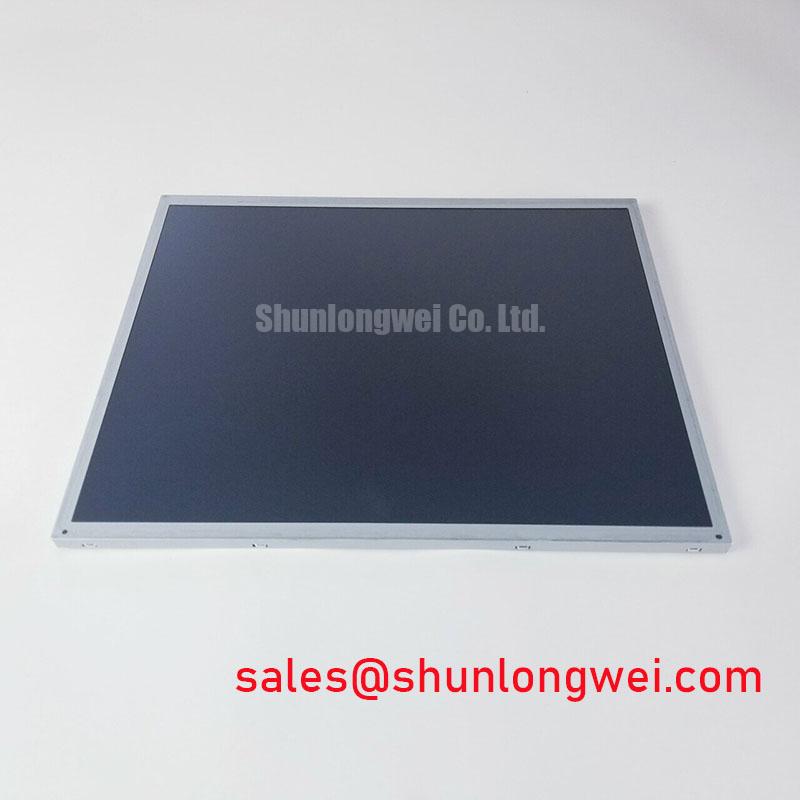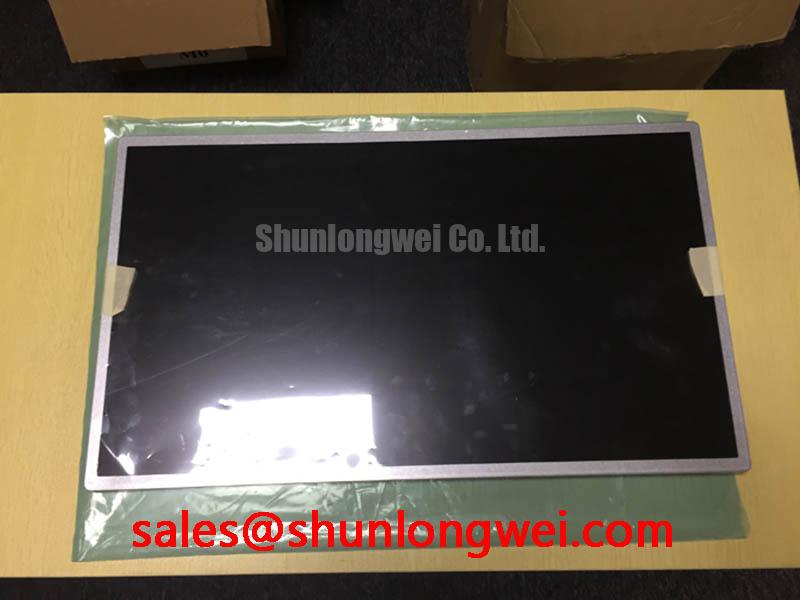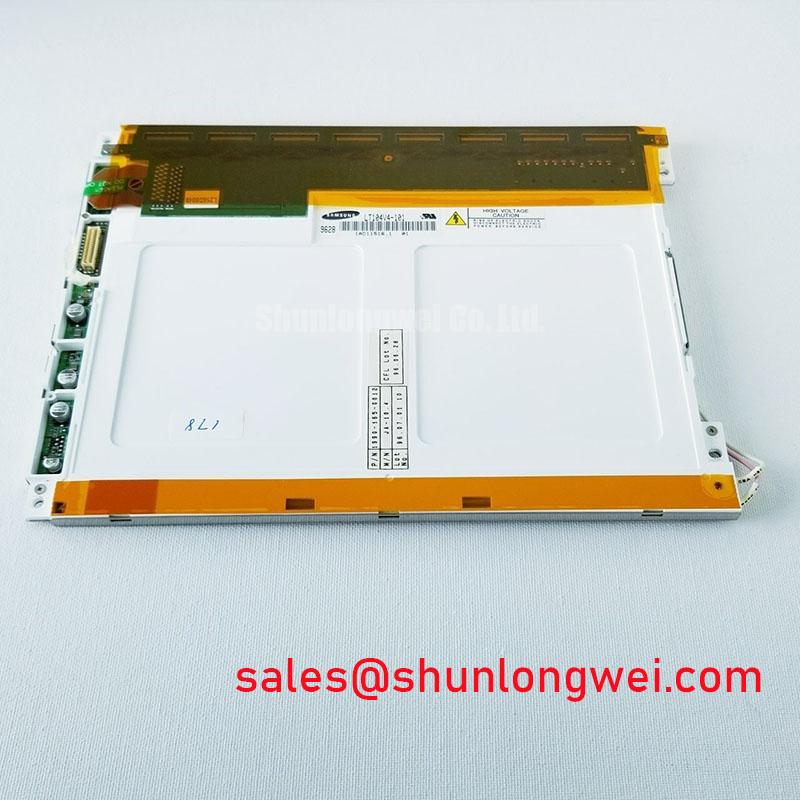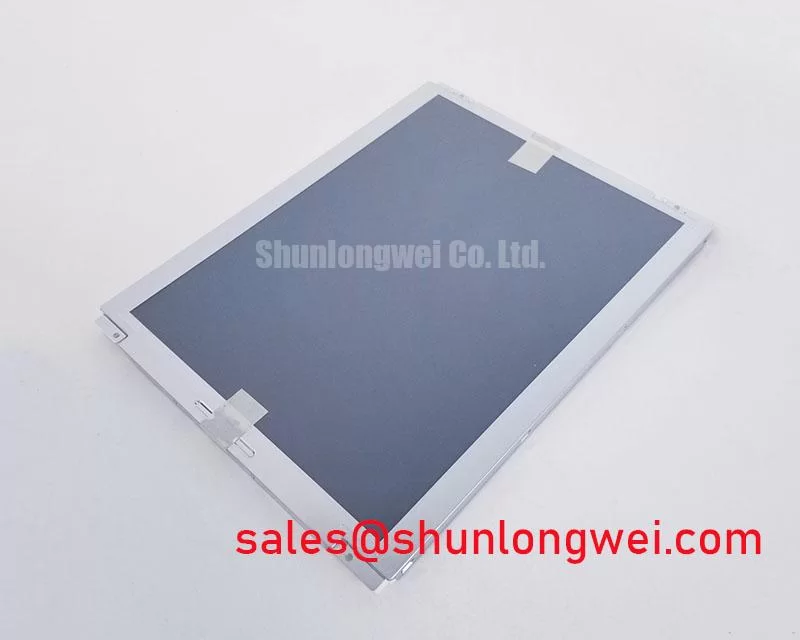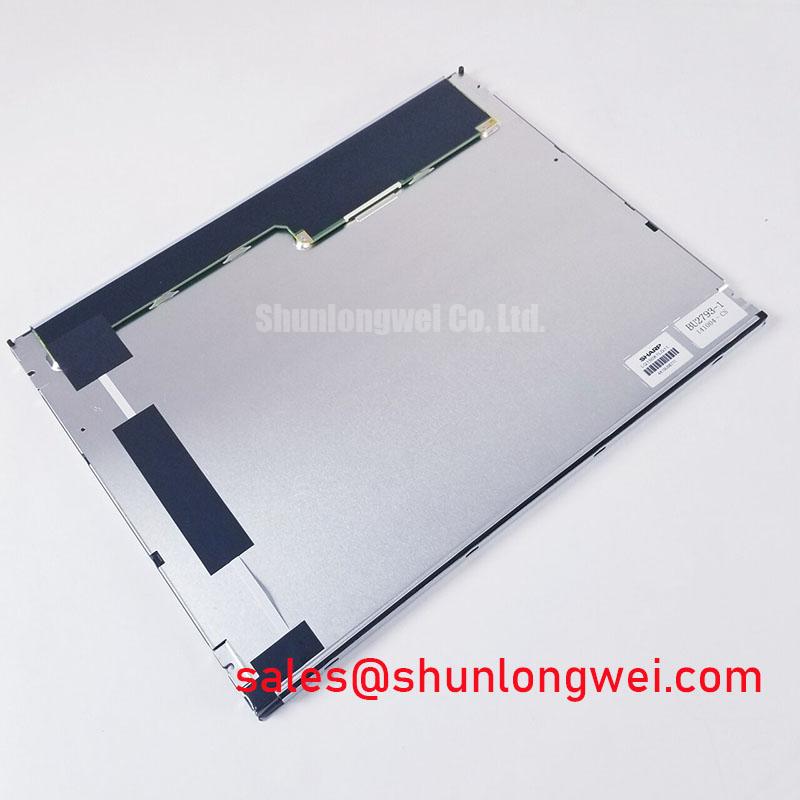NEC NL8060BC31-01: A Robust SVGA Display Engineered for Longevity in Industrial Systems
Content last revised on October 8, 2025.
Introduction to a Legacy of Reliability
The NEC NL8060BC31-01 is an a-Si TFT-LCD module engineered for sustained performance in demanding operational environments. It delivers proven reliability through a classic design focused on core functionality and durability. With key specifications of 12.1-inch SVGA | 800x600 Resolution | 6-Bit CMOS Interface, it provides clear, consistent imaging and simplified system integration. Its primary benefits include a thin, lightweight profile and low power consumption, making it an excellent choice for legacy system support or new designs requiring proven, long-term stability. This display directly addresses the need for a dependable visual interface in control systems where consistent, reliable operation outweighs the demand for cutting-edge resolution. For industrial control panels and monitoring equipment prioritizing operational uptime, the NL8060BC31-01 offers a field-proven, cost-effective solution.
Application Scenarios & Value
System-Level Benefits in Control and Monitoring Equipment
The NL8060BC31-01 is optimized for applications where clarity, reliability, and efficient power usage are the primary design drivers. Its 800 x 600 SVGA resolution is perfectly suited for display terminals for control systems, process controller monitors, and legacy PC-based interfaces that do not require high-definition video. In a typical industrial control panel, for example, the engineer's main challenge is ensuring the human-machine interface (HMI) remains readable and functional over years of continuous operation, often in environments with stable, indoor lighting. The NL8060BC31-01's amorphous silicon TFT technology provides a stable, well-understood performance baseline. Its 6-bit CMOS interface simplifies the connection to established controller boards, reducing design complexity and validation time for system integrators. The focus on a single CCFL edge-light system not only achieves a slim profile but also contributes to its characteristically low power draw, a key benefit in enclosed systems where thermal management is a constant concern. While this model is ideal for SVGA requirements, for systems demanding higher pixel density, the related NL10276AC30-42D offers XGA resolution in a similar form factor.
Key Parameter Overview
Decoding the Specs for Integration and Performance
The technical specifications of the NL8060BC31-01 are tailored for straightforward integration into industrial and embedded systems. The parameters below highlight its capabilities as a durable and efficient display solution.
| Parameter | Specification | Engineering Value |
|---|---|---|
| Screen Size | 12.1 inches (31 cm) | Provides a substantial active area for clear data visualization without demanding excessive panel space. |
| Resolution | 800 x 600 pixels (SVGA) | Offers a standard resolution that is widely supported by industrial hardware and software for GUIs and data readouts. |
| Display Technology | a-Si TFT Active Matrix, TN, Normally White | Delivers a cost-effective, reliable display technology with fast response times suitable for dynamic information updates. |
| Color Depth | 262,144 colors (6-bit) | Sufficient color representation for standard industrial HMI applications, ensuring clear differentiation in status indicators and graphs. |
| Luminance | 70 cd/m² (Typical) | Provides adequate brightness for typical indoor industrial environments and control rooms. |
| Interface | CMOS (1 ch, 6-bit) | Ensures compatibility with a wide range of embedded controllers and single-board computers, simplifying the electrical interface design. |
| Supply Voltage | 3.3V / 5.0V (Typical) | Flexible power supply options accommodate various system power architectures. |
| Outline Dimensions | 277.5 x 202.5 x 8.0 mm | A slim profile allows for integration into space-constrained enclosures and portable equipment. |
| Operating Temperature | 0°C to +50°C | Suitable for controlled indoor environments common in factory automation and process control. |
Download the NL8060BC31-01 datasheet for detailed specifications and performance curves.
Frequently Asked Questions (FAQ)
What is the primary benefit of the CMOS interface on the NL8060BC31-01?
The 6-bit CMOS interface is a straightforward, parallel data connection that simplifies integration with many microcontrollers and legacy systems. It avoids the complexity and potential EMI concerns associated with higher-speed serial interfaces like LVDS, reducing development time for systems that operate within its bandwidth capabilities.
Is an inverter required for the backlight?
Yes, the datasheet explicitly notes that an inverter for the CCFL backlight is not integrated into the module. Engineers must specify and integrate a separate inverter to drive the single backlight lamp, allowing them to choose a component that precisely matches their system's power and reliability requirements.
How does the SVGA resolution impact its suitability for modern applications?
While not high-resolution by today's standards, the 800x600 SVGA format is a key advantage for long-term product support and specific industrial applications. It ensures drop-in compatibility for servicing older equipment and is perfectly adequate for HMIs that display numerical data, status indicators, and simple schematics, where information clarity is more critical than pixel density.
What does the "Normally White" TN panel technology imply for system design?
"Normally White" means that in the absence of power to a pixel, it will be transparent, allowing light to pass through. In a complete power failure scenario, the screen would appear white if the backlight is still on. This is a common characteristic of Twisted Nematic (TN) panels and is a known factor for system designers to consider in the HMI's failure mode analysis.
Can the viewing direction of this module be adjusted?
Unlike some more advanced industrial displays, the datasheet for the NL8060BC31-01 does not specify an adjustable scan direction. The viewing angles are fixed. Therefore, it is critical to mount the display according to its specified optimal viewing cone (50/50/20/45 L/R/U/D) to ensure operator readability in its intended orientation.
Industry Insights & Strategic Advantage
The Strategic Value of Proven Technology in Long-Lifecycle Systems
In an industry focused on rapid innovation, the NEC NL8060BC31-01 represents a strategic choice for stability and supply chain security. For manufacturers of industrial machinery, medical diagnostic equipment, and test instruments, product lifecycles can extend well beyond a decade. The primary engineering challenge is not adopting the newest technology, but ensuring component availability and performance consistency for the entire service life of the equipment. This display, built on mature a-Si TFT technology and featuring a standard CCFL backlight, offers a known reliability profile. Sourcing components with a long market history minimizes the risk of sudden obsolescence and costly system redesigns. Integrating the NL8060BC31-01 allows OEMs to provide long-term service and repair support with confidence, reinforcing their brand's reputation for durability and customer support—a critical competitive advantage in the industrial sector.
Technical & Design Deep Dive
Design Considerations for CCFL Backlight Integration
A critical design aspect of the NL8060BC31-01 is its use of a single Cold Cathode Fluorescent Lamp (CCFL) for backlighting. While modern displays have largely transitioned to LEDs, CCFL technology offers distinct characteristics. The lamp requires an external inverter, which translates into a design decision for the engineering team. This separation of display and driver allows for greater flexibility in component selection and placement, potentially isolating a high-voltage circuit away from sensitive logic. The lamp's current is specified between 2.0 and 5.0 mArms, directly influencing brightness. For an engineer, this is not just a component, but a tunable system; it's like having manual control over a car's headlights. By precisely controlling the lamp current, a designer can balance the required luminance for the application against power consumption and the thermal load inside the enclosure, directly impacting the operational life of the entire HMI unit.
Strategic Outlook for System Design
Choosing the NL8060BC31-01 is a strategic decision rooted in prioritizing long-term stability and compatibility over cutting-edge specifications. It is an ideal component for engineering teams tasked with maintaining or extending the life of established product lines, or for new designs where minimizing integration risk and ensuring a predictable supply chain are paramount. This display provides a reliable foundation for user interfaces in environments where operational consistency is the ultimate measure of value.


